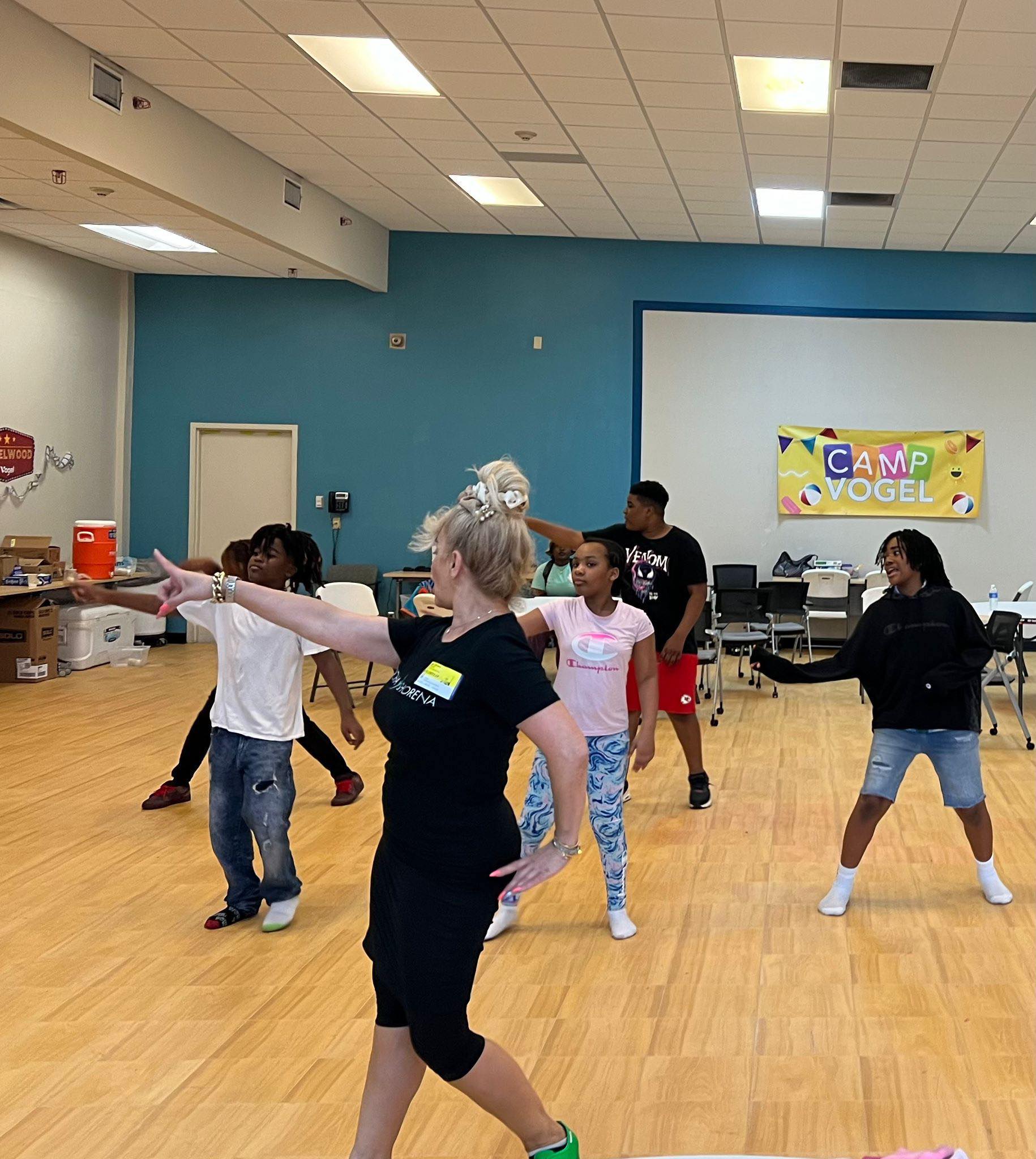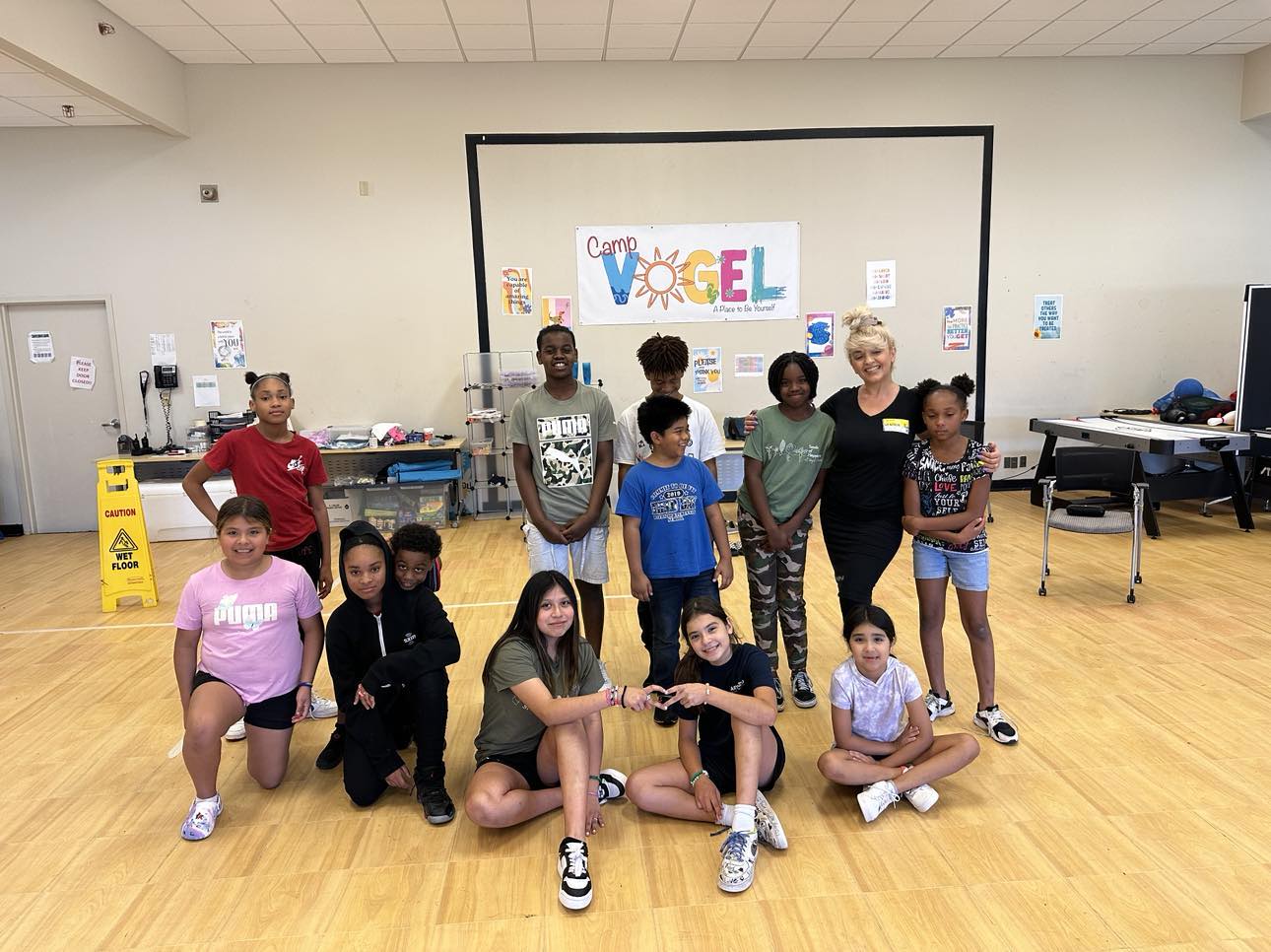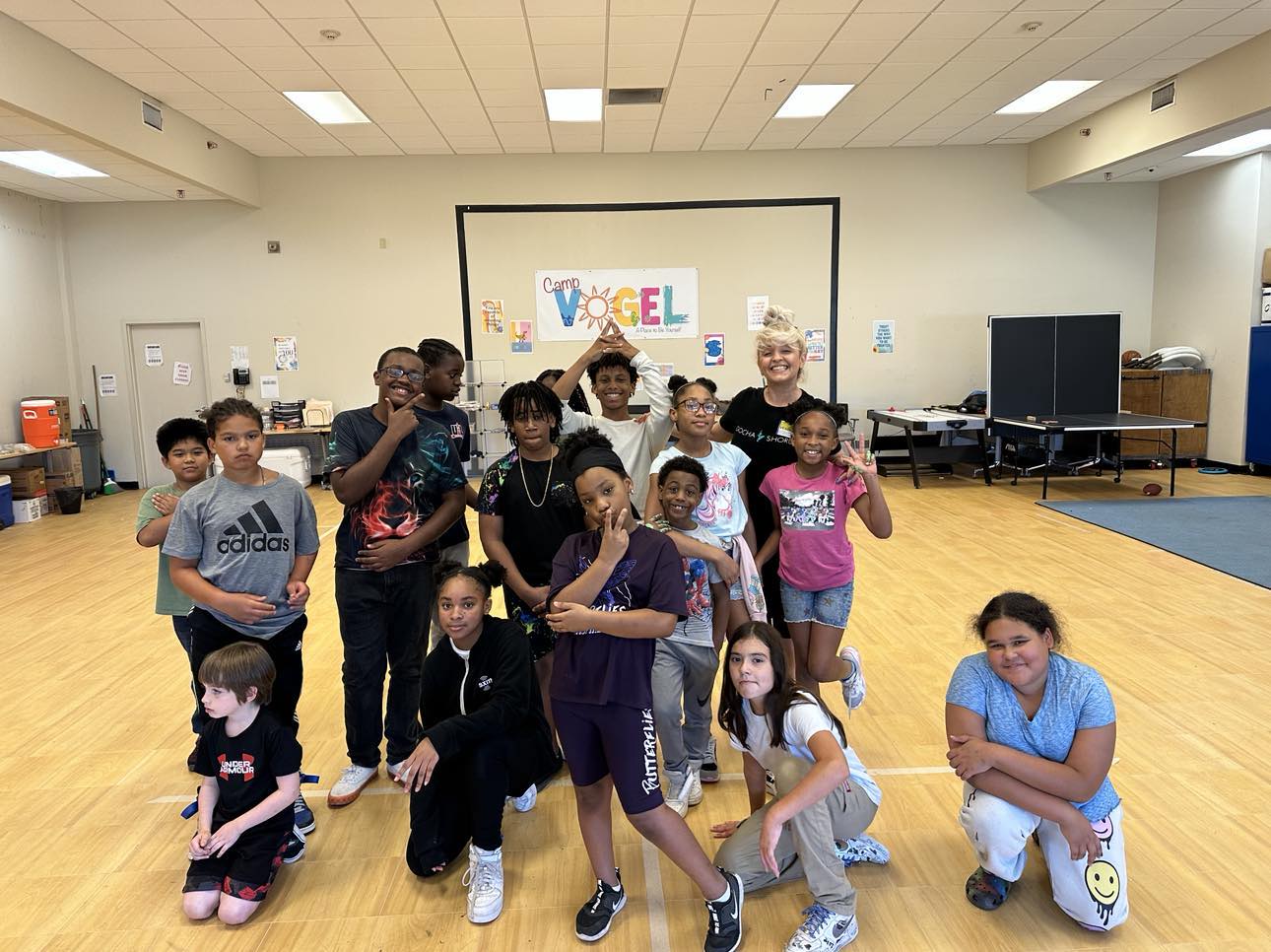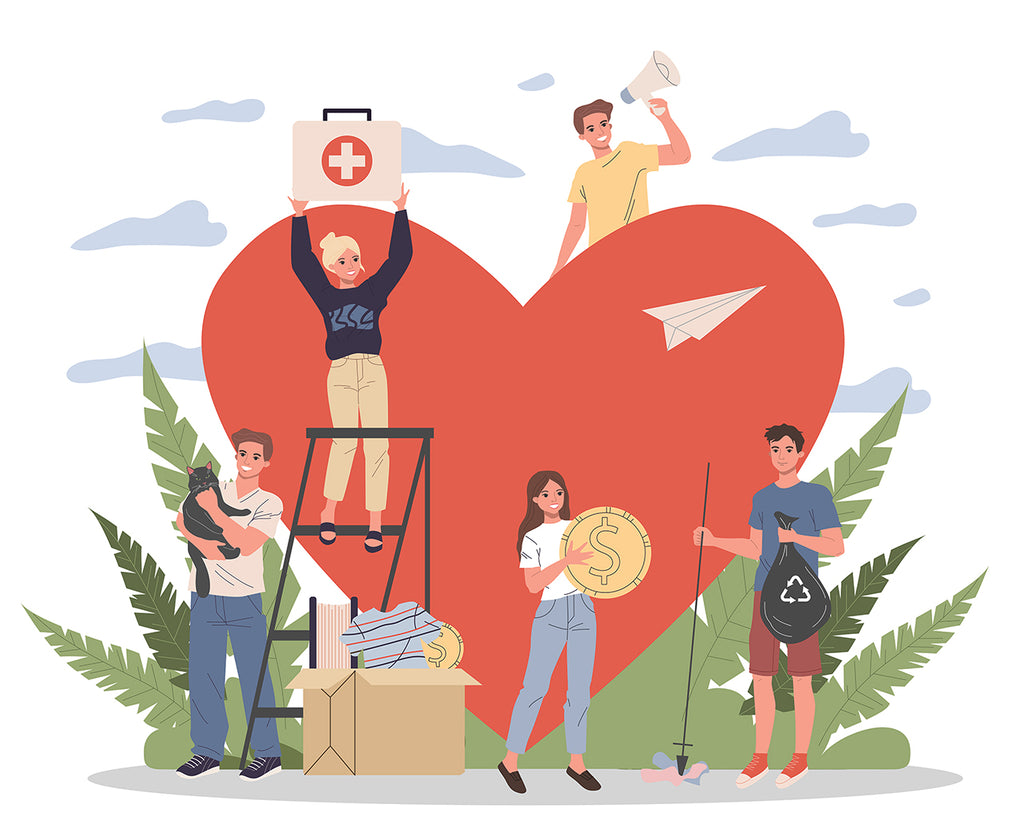





Support our Cause!
Add fuel to the fire! Together we can bring the joy of dance to kids of all ages! - not to mention some adults :) -
Enter Amount
Looking for something?
Upcoming event schedule
Presbyterian Village North ( Silver Dancers Workshop) 3/3/2024 - 4/3/2024.
Every Wednesday @ 2:30
Vogel Alcove - Sign up begins 6/1/2024 (Bi-weekly classes)
6/4/2024
6/6/2024
6/11/2024
6/13/2024
Summer Salsa Dance Seminar - Opens 7/1/2024 (Studio)
4:00 pm
Silver Dancers workshop (Fall)
2:30 pm
10/2/2024
10/9/2024
10/16/2024
10/23/2024
10/30/2024
Uvita Dance Seminar - Pending (Sign up closes 9/1/2024)
Adult intro to Ballroom basics - first week of each month. (E-mail for current schedule)
Open Salsa dance- (@GSBallroom) - 10/14/2024 - 10/15/2024)
3:00 pm
Silver Dance Workshop floor 3 (Presbyterian Village North)
TBA
Open dance - All ages ( first Sunday of each month )
Please call or E-mail for class start times or questions and concerns
After school dance programs

We specialize in crafting after school programs centered on dance and rhythmic expression. Our post school programs are a great resource for parents and schools to keep your children active. Dance is a fantastic way to keep students stimulated and build confidence.
Studies show multiple benefits from after school programs including better grades, work habits, and peer relations.
We strive to make our camps accessible and centered on fun while bolstering self esteem. Programs usually run bi-weekly and vary from school to school. If you would like have us come to your school, please call or email us from the contact page. Happy dancing!
Silver dance program

Kick up your heels with our traveling Silver dance Program. We visit various host facilities and organize unforgettable dance parties. The SDP is curated for older adults of all skill levels. Time and time again, movement and dance have been cited as invaluable for long term health.

The many benefits of dancing
Dancing is great exercise for the muscles and the heart, and it also involves a heavy cognitive demand. Seniors who dance regularly must memorize movements and routines and react in the moment, particularly if they dance with partners. Activities such as running, cycling, or swimming are more linear, meaning participants don’t need to think about the next movement – they just do it.

Dance, like any form of exercise, benefits seniors in many ways. Regular physical, mental, and social stimulation is the gold standard recommendation for reducing the risk of dementia. Because it involves all three, dancing can be seen as a “triple-threat” option for older adults who want to protect their brains. However, research shows that only 1/3rd in the U.S. get the recommended amount of exercise, which is 30 minutes a day, at least five days a week. By finding activities they enjoy, seniors can experience more of the heart- and brain-healthy benefits of exercise.
Exercise increases the level of brain-derived neurotrophic factor (BDNF) – a key protein that acts like fertilizer for brain cells by promoting the growth and maintenance of neurons. Similar to one of the many ways exercise benefits the heart; exercise increases the flow of oxygen to the brain and improves brain function. Additionally, exercise is essential in controlling high blood pressure and high cholesterol, as well as helping seniors achieve and maintain a healthy weight – all factors that contribute to the onset of dementia. Exercise, combined with proper medication management and a healthy diet, can help reduce the risk of dementia.

This topic has been on aging experts’ radars for some time. A 2003 study compared forms of exercise and cognitive activities, including dance, to determine whether any reduced the risk of dementia. The data suggest that dancing, reading, playing board games, and playing musical instruments showed a significant reduction in dementia risk over a 20-year period.

Part of what makes dancing unique from other forms of exercise is the addition of music. Musical rhythms stimulate certain areas of the brain often known as our “rewards centers.” These regions are associated with the chemical dopamine, which affects happiness and well-being as well as movement and thinking. Dancing also stimulates the motor and sensory circuits in the brain. These benefits combined offer older adults a unique brain activation they might not get from the gym.
Additionally, dance improves muscle tone; coordination, strength, and balance which can help reduce the risk of falls and the resulting head traumas, broken bones, and other injuries that can make it difficult for seniors to maintain an active and independent lifestyle.
Vogel Alcove program







Our mission statement
"Our goal is to promote the appreciation and enjoyment of the arts.
Foster the health and resilience of communities at risk through movement and dance.
To provide a safe space for all through physical expression and motion."

Why dance?
What dance does for your health
Via Harvard Medical School
The evidence for the health benefits of exercise is indisputable. Physiologic studies have demonstrated that regular activity builds muscle and bone, reduces fat, increases aerobic capacity, lowers blood pressure, and improves the ratio of "good" to "bad" cholesterol. Dance has been shown to have all the benefits of other forms of exercise.
Moreover, by incorporating music, dance may have benefits beyond those of exercise alone. Music stimulates the brain's reward centers, while dance activates its sensory and motor circuits. Dancing has improved balance, gait, and quality of life in people with Parkinson's disease and related movement disorders. And several — but not all — studies have indicated that mastering dance movements and patterns yields greater improvements in memory and problem-solving than walking does.
Dr. Lauren Elson is a former professional dancer who specializes in sports and rehabilitation medicine at Harvard-affiliated Spaulding Rehabilitation Network. "Dancing is accessible to everybody. People who can't stand can use the rest of their body while seated, people who have lost movement in their arms can dance with their torso and legs. It's a way to connect to your own body, to music, and to other people. It just depends on whatever your goals are. But we know that there are so many benefits of dancing — cognitive, physical, and social — that it merits consideration by everybody."
Benefits of dance for youth
From balancing on their toes to raising their arms, dance utilizes the entire body and all of its muscle groups. Dance improves flexibility, coordination, balance, range of motion, stamina, muscle tone, strength and posture. But physical fitness is just one of many benefits of dance that can enhance your child’s life in so many ways.
Dance helps children develop emotionally, socially and cognitively, and the dedication, discipline and focus children must learn and practice are important life skills that will transfer over to school, work and other aspects of their lives.
Committing to a dance class involves showing up on time, every time, fully prepared, in proper clothing, and instills great habits and accountability. Children learn that their actions not only affect themselves, but others as well. The dedication involved in showing up for rehearsals also shows kids that being committed to something can bring many positives into their lives.
Through perseverance and self-motivation, children can be encouraged to solve problems through experimentation. It is important that children learn that if they don’t succeed, they need to try again. Being able to make mistakes, ask for help, accept constructive feedback and make improvements are great skills to have.
Children strengthen their cognitive abilities and memory skills through learning choreography. They develop enhanced sensory awareness and learn nonverbal communication, which represents two thirds of all communication. By understanding body language, they learn how to portray a message using body movements, and how to interpret body signals from others.
Dance helps build self-confidence with each new routine they practice and master. It also enables children to develop interpersonal skills, which is vital to a child’s cognitive development. When children are part of a group activity, such as a dance routine, they learn the importance of teamwork and develop skills to work successfully in a group setting. This helps children learn how to listen well, lead others and be patient.
Volunteer opportunities
Want to volunteer your time to help our cause? We're always looking for helping hands that share our passion for the arts.
Always ready to listen.
Reach out to us anytime.
(214)-769-7133

Subscribe to our emails
Join our email list for exclusive offers and the latest news.
- Choosing a selection results in a full page refresh.
- Opens in a new window.
